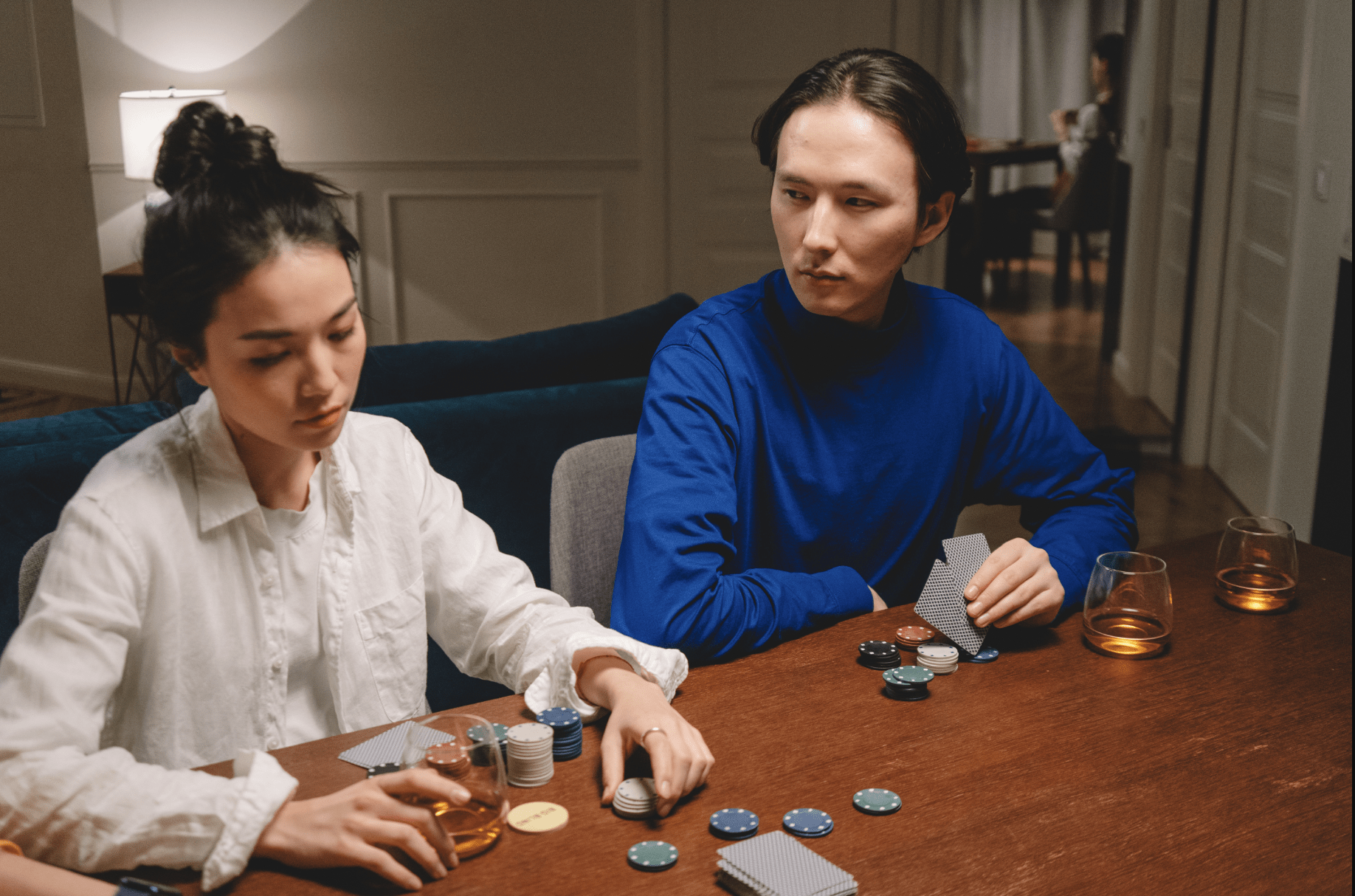When playing poker, you need to be skilled at a number of things to succeed. This includes memorizing hand rankings, and knowing when to call as well as being able to read your opponents. All of these skills make poker a game of skill rather than luck. Besides, you also need to continuously learn from your past games to improve your playing strategies.
Aside from these, there is one other skill that many people overlook: reading their opponents. After all, the game’s outcome is determined by the decisions and circumstances of each person. Observing your opponents and learning how to interpret body language brings you closer to success, as their next moves may manifest themselves in their behavior.
With that said, here are a few tips to help you better read your opponents:
Be aware of common poker tells
Poker tells are actions that give away a player’s hand. There are a number of common tells in the industry. One is dilated eyes, which imply fear. Observing it on an opponent can mean they’re bluffing. While bluffing is a part of the game, it’s a key skill to understand if you want to win at poker. If you catch it, you can avoid making mistakes like folding your hand even if it proves to be better than your opponent’s. Another tell is tight lips: depending on the person, this can mean nervousness or regret. Lastly, a pulsing vein on the neck or temple can mean excitement over hitting big or anxiety over bluffing. The key here is to observe subtle changes in behavior that hint at your opponent’s current situation.
Learn hand reading
Hand reading refers to identifying your opponents’ possible hands. Since poker is an incomplete game with limited information (like community cards), hand reading is the best possible skill to develop. Because there are endless possible hand combinations, it’s best to narrow down an opponent’s hand into categories. There are monster hands, which indicate that a player will play a big pot. Showdown hands imply that a player believes they have the best hand and may try to control the pot. Finally, there are bluffing hands, or hands that need a bluff to increase success. While these categories are still broad, they provide guidance nonetheless. For instance, suspecting an opponent’s bluffing hand assures that you have a higher possibility of winning, allowing you to guard your own hand.
Be mindful of all facial expressions
While everyone tries their best to keep a poker face, there’s still room for error. That’s why professional poker player Dan Cates emphasizes the importance of reading people at all times—especially when they think no one’s looking. Opponents’ poker faces can fall as soon as they feel that no one’s paying attention. For example, they may act nonchalant when moving their chips. But if they’re sweating, they give away their nervousness upon taking a risk. By always keeping tabs on everyone’s expression, you can better decide on your next move.
Take note of their playing habits
Playing habits indicate an opponent’s typical gameplay. It gives you an idea of what they’re about to do, so you can be prepared to counter it. Take, for example, a player who folds too often. It can imply their lack of confidence in their hands, making them easy to pressure and bluff. Another habit is when someone gets ready to fold prematurely. This shows that they are weak, so you can choose to target them for your benefit. Observing opponents’ playing habits increases your opportunities for success.
Learning to read your opponent’s increases your chances of winning at poker. By being aware of poker tells, playing habits, facial expressions, and possible hands, you’re a step closer to victory.
If you liked this piece, do read our other entertainment articles here at Celebrities Income.

